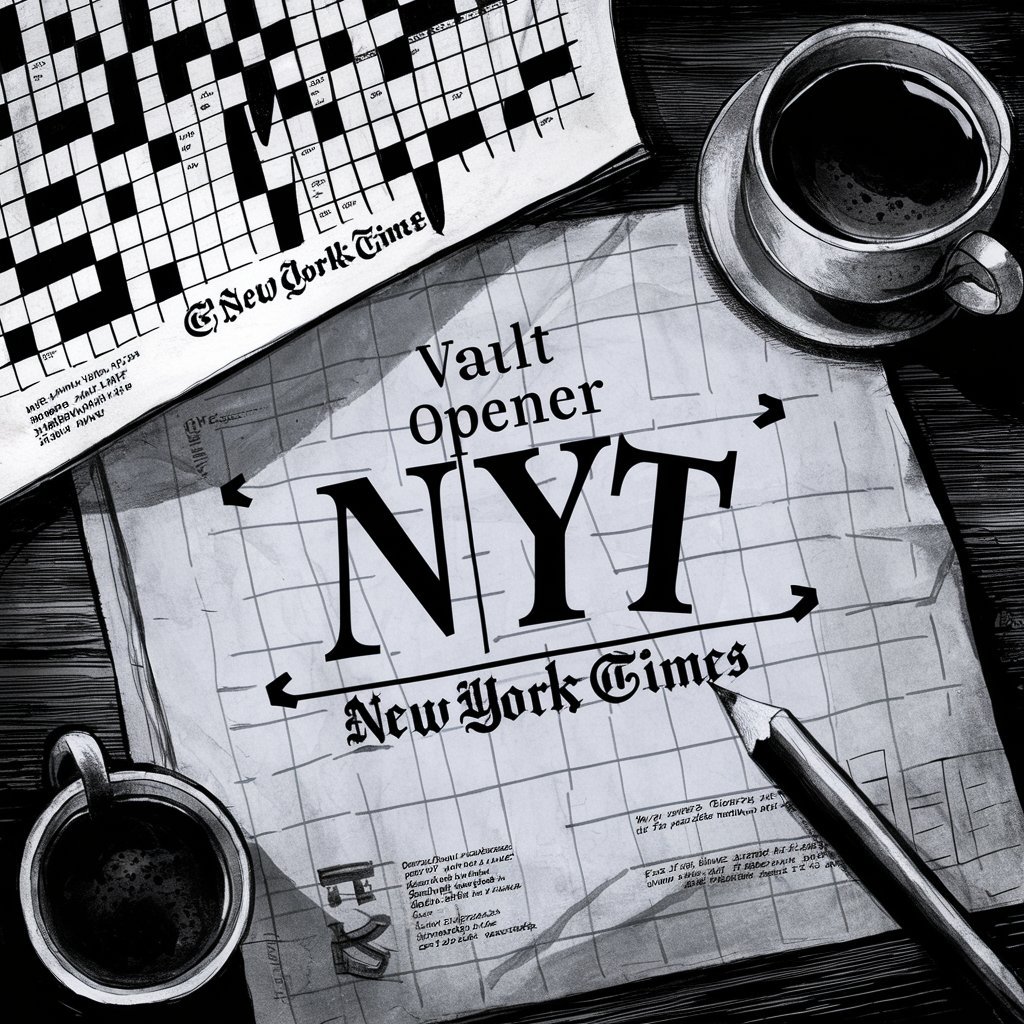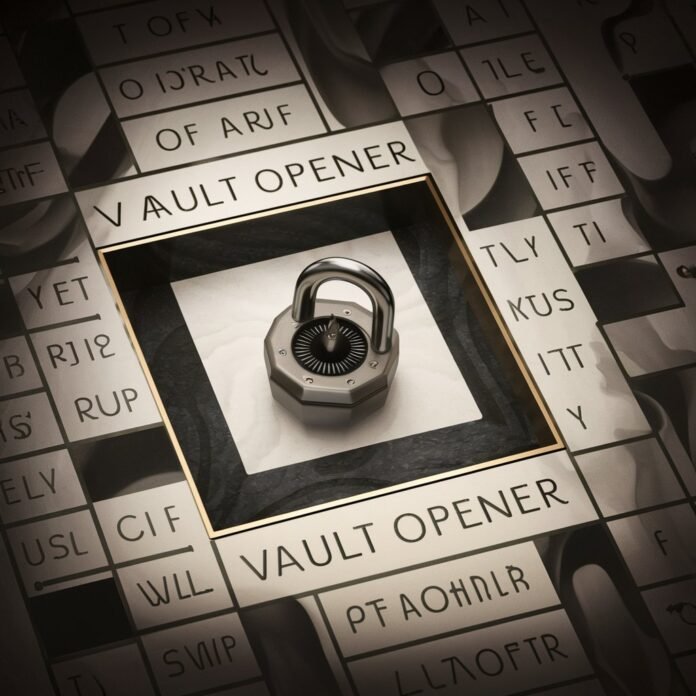Introduction
The vault opener nyt crossword is renowned for its clever wordplay, challenging solvers with inventive clues that range from straightforward to delightfully deceptive. Among these, “vault opener” stands out as a particularly intriguing clue that has appeared multiple times, stumping even experienced crossword enthusiasts. At first glance, it might seem to refer to a physical mechanism or a bank-related term, but the answer lies in clever linguistic interpretation. In this article, we’ll explore the meaning behind this clue, examine its variations, and discuss strategies for solving similar crossword puzzles. Whether you’re a seasoned solver or a beginner, understanding these nuances will sharpen your skills and deepen your appreciation for the artistry of crossword construction.
1. Decoding “Vault Opener”: Why the Answer Isn’t What You Expect
When confronted with the clue “vault opener” in the NYT Crossword, many solvers instinctively think of bank vaults, imagining combinations, keys, or even heist-related terms. However, the answer is far more playful—“ESS” (the letter S). This solution relies on the dual meaning of “vault.” While it commonly refers to a secure storage space, “vault” can also mean to leap or jump, as in pole vaulting or gymnastic vaults. In this context, an “opener” is the starting letter of the word “vault,” which is S. This type of wordplay is a hallmark of NYT Crossword clues, where surface-level interpretations often hide simpler, letter-based solutions. Recognizing these linguistic tricks is key to becoming a more adept solver.
2. The Art of Misdirection in Crossword Clues
The “vault opener” clue exemplifies a common technique in crossword construction: misdirection. Puzzle creators craft clues that lead solvers toward one interpretation while the answer lies in an alternative meaning. For example, “vault” as a physical structure feels more immediate than its lesser-known verb form. Similarly, “opener” doesn’t necessarily mean a tool—it can refer to the first letter of a word. Other classic examples include “flower” cluing “RIVER” (as in “flow-er”) or “bank” cluing “RIVER” (as in a riverbank). Learning to spot these red herrings and consider multiple meanings is essential for conquering tricky crossword puzzles.
3. Variations of the “Vault Opener” Clue in Crosswords

While “ESS” is the most frequent answer to “vault opener,” crossword constructors love to put fresh spins on familiar clues. Variations might include:
-
“Vault starter” (also “ESS”)
-
“Vault’s opener” (same answer, possessive form)
-
“Gymnastic vault opener?” (emphasizing the athletic meaning)
-
“Vault need” (cluing “POLE” for pole vaulting)
These subtle changes test a solver’s flexibility and attention to detail. Over time, recognizing these patterns becomes second nature, allowing you to tackle even the most convoluted clues with confidence.
4. Broader Lessons for Solving NYT Crossword Puzzles
The “vault opener” clue teaches several valuable strategies for crossword success:
-
Think outside the box: If a clue seems too literal, consider alternative meanings or wordplay.
-
Focus on word structure: Prefixes, suffixes, and individual letters are often the key (e.g., “opener” = first letter).
-
Pay attention to punctuation: Question marks often signal puns or unconventional interpretations.
-
Study recurring clues: The NYT Crossword reuses certain clue-answer pairs, so familiarity breeds speed.
By applying these principles, solvers can transform frustration into “aha!” moments, making the puzzle experience more rewarding.
5. The Cultural Impact of NYT Crossword Clues

Clues like “vault opener” aren’t just brain teasers—they reflect the playful, evolving nature of language. The NYT Crossword has a dedicated following that celebrates its wit, with forums and blogs dissecting each day’s puzzle. Memorable clues become part of crossword lore, bonding solvers through shared triumphs and stumpers. The “vault opener” example, in particular, showcases how crosswords blend education and entertainment, encouraging linguistic creativity and mental agility.
Conclusion: Mastering the Puzzle, One Clue at a Time
The “vault opener” clue is a perfect microcosm of what makes the NYT Crossword so engaging: it challenges assumptions, rewards creativity, and turns language into a game. Whether you’re a novice or a veteran, embracing these clever twists will make you a sharper, more joyful solver. So the next time you encounter a seemingly obscure clue, remember—the answer might be simpler (or more clever) than you think. Happy solving!


